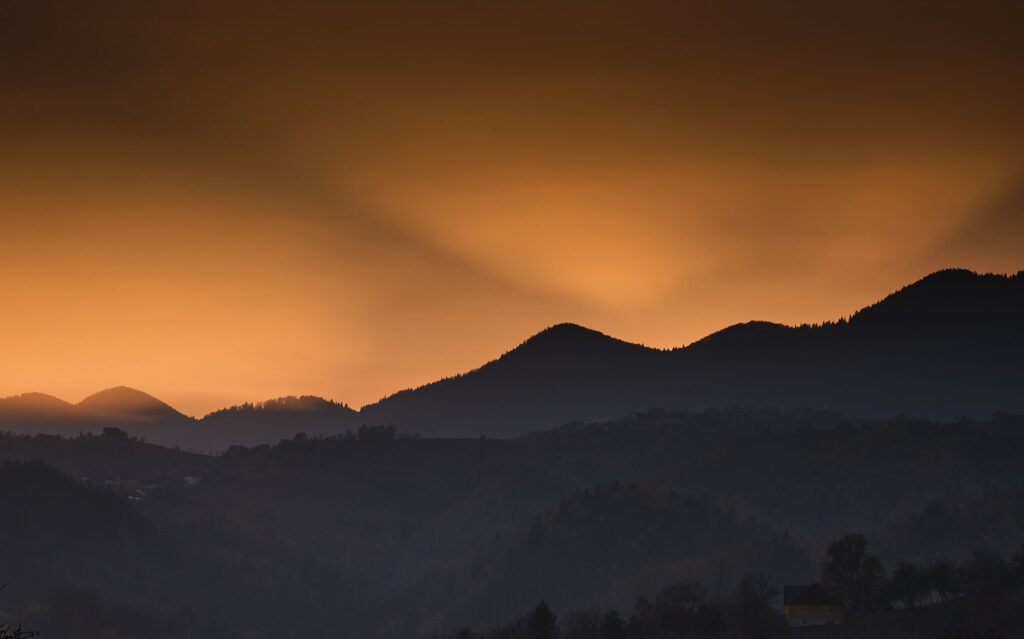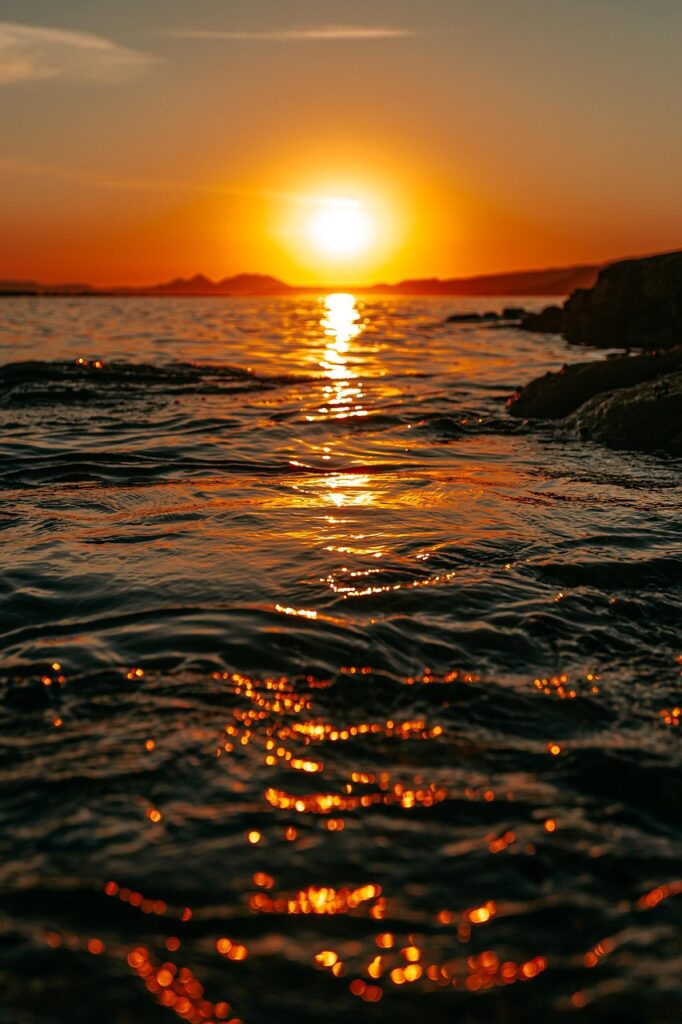Your cart is currently empty!

What Are The Best Times For Beach Photography?
Finding the Best Lighting for Beach Photography
One of the most important factors in capturing stunning beach photos is finding the best lighting conditions. The quality of light can make or break your beach photography. The best times for beach photography are during the golden hours, which are the first hour after sunrise and the last hour before sunset. During these times, the light is softer, warmer, and creates a beautiful glow that enhances the colors of the beach and the ocean.
Golden Hour
Have you ever heard of the golden hour? It’s that magical time of day just before sunset or just after sunrise when the light is soft, warm, and perfect for capturing stunning beach photographs.
Harsh Midday Light
Avoid taking beach photos during the middle of the day when the sun is high in the sky. This harsh, direct light creates deep shadows and can wash out the colors in your photos. If you must shoot during midday, look for shaded areas or use a diffuser to soften the light.
Choosing the Right Camera Settings for Beach Photography
Having the right camera settings is crucial for achieving great beach photographs. Depending on the effect you want to achieve, you will need to adjust your camera settings accordingly.
Aperture
The aperture setting on your camera controls the amount of light that enters the lens. For beach photography, using a wide aperture (low f-stop number) can create a shallow depth of field, blurring the background and making your subject stand out.
Shutter Speed
Shutter speed determines how long the camera sensor is exposed to light. A faster shutter speed is ideal for capturing moving subjects like crashing waves or flying seagulls, while a slower shutter speed can create a dreamy effect with water movement.
ISO
ISO measures the sensitivity of your camera sensor to light. A lower ISO is best for bright, sunny beach days to prevent noise in your photos, while a higher ISO is suitable for low light conditions like sunset or sunrise.
Choosing the Right Gear for Beach Photography
When heading to the beach for a photography session, it’s essential to have the right gear with you. From cameras to lenses to accessories, the equipment you bring can greatly impact the quality of your beach photographs.
Camera Body
Choose a camera body that is weather-sealed or waterproof to protect it from sand, saltwater, and other elements present at the beach.
Lenses
A wide-angle lens is ideal for capturing the vastness of the beach and ocean, while a telephoto lens can help you get close-up shots of distant subjects like surfers or beachgoers.
Filters
Consider using polarizing filters to reduce glare and reflections on the water or graduated neutral density filters to balance the exposure between the bright sky and the darker foreground.

Composition Tips for Beach Photography
Composition plays a vital role in creating visually appealing beach photographs. By following some simple composition guidelines, you can elevate your beach photography to the next level.
Rule of Thirds
Divide your frame into thirds horizontally and vertically, placing your main subject or focal point where these lines intersect. This creates a more balanced and visually appealing composition.
Leading Lines
Incorporate natural lines such as shorelines, waves, or footprints in the sand to lead the viewer’s eye through the photograph and create a sense of depth.
Foreground Interest
Include interesting elements in the foreground of your beach photos to add depth and dimension to the image. This could be seashells, driftwood, or beach umbrellas.
Editing Your Beach Photos
Editing is an essential step in the beach photography process. By using editing software, you can enhance the colors, contrast, and overall look of your beach photos.
Color Correction
Adjust the white balance, saturation, and vibrance to make the colors in your beach photos pop. You can also experiment with different color tones to create a unique look.
Contrast and Exposure
Fine-tune the contrast and exposure levels to bring out the details in your beach photos. Be careful not to overdo it, as this can result in unnatural-looking images.
Crop and Straighten
Crop your beach photos to remove any distracting elements and improve the composition. Additionally, straighten the horizon line to ensure a balanced and pleasing image.

Top Beach Photography Locations Around the World
Looking to plan a beach photography trip? Here are some of the top beach photography locations around the world that offer stunning landscapes and breathtaking views.
Bora Bora, French Polynesia
Known for its crystal-clear waters, overwater bungalows, and vibrant coral reefs, Bora Bora is a paradise for beach photographers. Capture the iconic Mt. Otemanu in the background for a truly unforgettable shot.
Santorini, Greece
The white-washed buildings, blue domes, and dramatic cliffs of Santorini make it a dream destination for beach photographers. Don’t miss the sunset over the Aegean Sea for magical golden hour shots.
Bondi Beach, Australia
As one of the most famous beaches in the world, Bondi Beach offers endless photo opportunities with its golden sand, turquoise waters, and bustling surf culture. Capture surfers riding the waves or sunbathers enjoying the beach.
Tips for Protecting Your Camera at the Beach
The beach can be a harsh environment for your camera gear, with sand, saltwater, and sun posing potential risks. Follow these tips to protect your camera and equipment during your beach photography sessions.
Use a Waterproof Housing
Invest in a waterproof housing or a rain cover for your camera to shield it from water, sand, and salt. This will prevent moisture damage and corrosion to sensitive parts.
Clean Your Gear
After each beach photography session, take the time to clean your camera body, lenses, and accessories to remove sand, salt, and debris. Use a soft brush and lens cloth to gently wipe down your gear.
Avoid Changing Lenses
Be cautious when changing lenses at the beach to prevent sand or water from entering your camera body. If necessary, find a sheltered area or shield your camera with a towel while swapping lenses.

Conclusion
Beach photography offers endless opportunities for capturing stunning landscapes, vibrant colors, and captivating moments. By understanding the best times for beach photography, choosing the right camera settings and gear, mastering composition techniques, editing your photos, and protecting your camera, you can elevate your beach photography skills and create breathtaking images. So grab your camera, head to the nearest beach, and start capturing unforgettable moments along the shore.